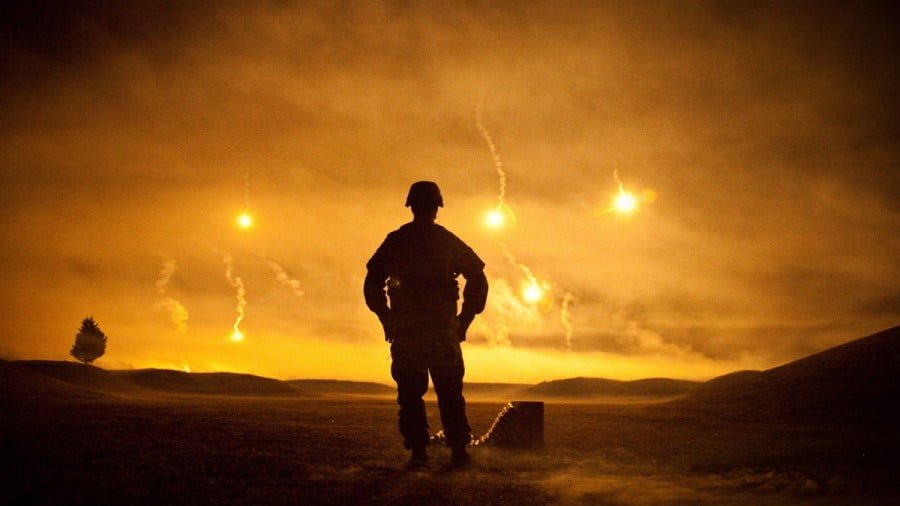Piracy in the Strait of Malacca: an Age-Old Problem Whose Future Is Unclear
The Strait of Malacca, which runs between the Malay Peninsula (Malacca) and Sumatra, is the most convenient maritime route to take between the Indian and Pacific oceans. From time immemorial, it has held tremendous significance for international trade. Even back in ancient times, ports sprang up on the shores of the strait that were visited by ships carrying goods from India and China. These ports turned into important regional centers of commerce. In the Middle Ages, the main port on the Strait of Malacca, and the central hub for regional trade, was the city of Malacca, located on the strait that bears its name and the capital of the Malacca Sultanate. In 1511, Malacca was captured by the Portuguese, who attempted to control all the shipping traffic that went through the strait. In 1641, Portuguese Malacca was taken by the Dutch, and in 1795 the British fended off the Dutch to take control. Together, the Netherlands and the British Empire ruled the Strait of Malacca for the following over 100 years. During that time, Malacca waned in importance as a transport hub and trading center, and the British colony of Singapore moved to the foreground. In 1945, Indonesia gained independence from the Netherlands, in 1957 Malaysia gained independence from Great Britain, and then in 1965 Singapore won independence from Malaysia. And now these three countries – Indonesia, Malaysia, and Singapore – all own the strait together, and earn profit from the stream of vessels that continuously runs through it. At present, virtually all the maritime trade between Europe, Africa, and East Asia runs through the Strait of Malacca: up to 25% of all maritime transport shipments (about 120,000 vessels per year) in the world pass through it.
It goes without saying that such an important section of the seas, which constantly has vessels with valuable cargo running through it, cannot escape the threat of pirate attacks. For many centuries, the Strait of Malacca and the coastal waters of countries in Southeast Asia adjacent to it were swarming with sea raiders. For some tribes that lived in the territory now occupied by modern-day Indonesia, Malaysia, and Cambodia, piracy was often the only source of income.
Nowadays, this phenomenon has become much less frequent, but there are still some areas around the World Ocean where it persists, and the Strait of Malacca is one of those international hotbeds of piracy that have survived. In the 2000’s, up to 40% of all pirate attacks in the world took place in this strait.
Aware of the seriousness of this threat, law enforcement agencies started to patrol the Strait of Malacca not only from those countries located on its shores – Indonesia, Malaysia, and Singapore – but also from India and Thailand. Thanks to the actions taken by law enforcement, in early 2010s the number of attacks dropped sharply.
Nonetheless, the number of people willing to become involved in piracy, as is often the case, exceeds the number of people available to go on patrols. In addition, every object or manifestation that has a center also has fringes. In keeping with this rule, piracy in Southeast Asia, with the Strait of Malacca as its center, also has the waters of other countries in the region that belong to its fringes. Thanks to the Strait of Malacca, the territorial waters throughout all of Southeast Asia are teeming with merchant ships, so pirate attacks in these waters should be seen as part of the piracy that occurs in the Strait of Malacca. For example, piracy nowadays takes place in Thailand’s coastal waters. In the Gulf of Siam, which laps the shores of that country, each year there are dozens of pirate attacks on vessels, many of which are either traveling toward the Strait of Malacca or leaving it. According to available data, the many raiders that operate in Thai waters include people from Vietnam, Indonesia, Cambodia, China, and even Bangladesh. After committing attacks in Thai territorial waters, they quickly leave them and take cover in the waters belonging to the other countries that share maritime areas in the Gulf of Siam with Thailand: Cambodia, Vietnam, and Malaysia. Some people believe that the main base for the pirates that ply the waters of the Gulf of Siam is Langkawi, an archipelago located right on the Strait of Malacca near the border that runs between Thailand and Malaysia. These islands are also known for being a center for local contraband. Also, besides the countries along the Strait of Malacca, nowadays pirates actively make their living in the waters of Cambodia and the Banda Sea, located between Indonesia and East Timor.
The pirates that operate in the Strait of Malacca nowadays are both equipped and behave in different ways. For example, villagers along the Indonesian shores of the Strait of Malacca who engage in piracy are chiefly fishermen and boaters with low incomes. They use regular boats, can only afford household machetes in terms of weapons, and their targets are small, weakly protected vessels that do not carry cargo that has any particular value. When capturing those, they basically confine themselves to robbing the crew and stealing any valuable equipment from the ships, and do everything possible to avoid human casualties.
But these are destitute people, and their ambitions are not that high. There are other, more “advanced”, pirates in both Indonesia and other neighboring countries. For example, teams of raiders that rob ships in the Gulf of Siam are equipped with the latest technology: they have large, rigid-hull inflatable boats with powerful engines that would not shy away from commando units from the most advanced countries’ navies, with machine guns installed on the boats, and ordinary soldiers armed with modern firearms. These high-velocity boats can easily overtake slow-moving cargo ships that carry millions of dollars in goods.
And it stands to reason that even in the territorial waters of countries that do not access the Strait of Malacca it is safer for pirates to strike now, and many attacks by pirates equipped with the latest technology continue to take place in the Strait of Malacca itself, since it has the places where they can score the biggest jackpots. The Singapore Strait is one example – it is the narrowest area along the Strait of Malacca, where merchant ships often conglomerate in a peculiar kind of “maritime traffic jam”. Unfortunately, being well-equipped and well-armed, and feeling their substantial superiority in terms of force, these “professional pirates” act much more cruelly than their counterparts from impoverished coastal regions. There are reports that some of the crews on the vessels subjected to attack have been completely slaughtered.
In 2019, there were 53 pirate attacks registered in Southeast Asia. The main platform for piracy remains Indonesia, and it is easy for criminals familiar with the local terrain to take cover in its jungles, and along its winding rivers. However, there is a new, alarming trend involving increased piracy activity in the Philippines.
Piracy in the Strait of Malacca and the waters that lie around its outskirts is a problem that is hundreds of years old. It is apparent that there is no quick fix for it. A large-scale military campaign that covers almost all of Southeast Asia could bring quick results. However, that kind of campaign would also result in much more harm than good. Local countries in the area are unlikely to be able to execute that kind of campaign, each one operating in its own territory, and if foreign military personnel were brought in and conducted a large-scale international military operation, then it is not clear which participating country would end up in a dominant position, and therefore it is also not clear who would gain control over the Strait of Malacca, a strategically important transport artery that all countries worldwide depend upon to some extent. That is why, at least for now, piracy in the Strait of Malacca should be viewed as the lesser of the two evils, and one that the owners of vessels traveling through the strait can reduce to a minimum on their own by setting up individual security systems for each of their vessels.







